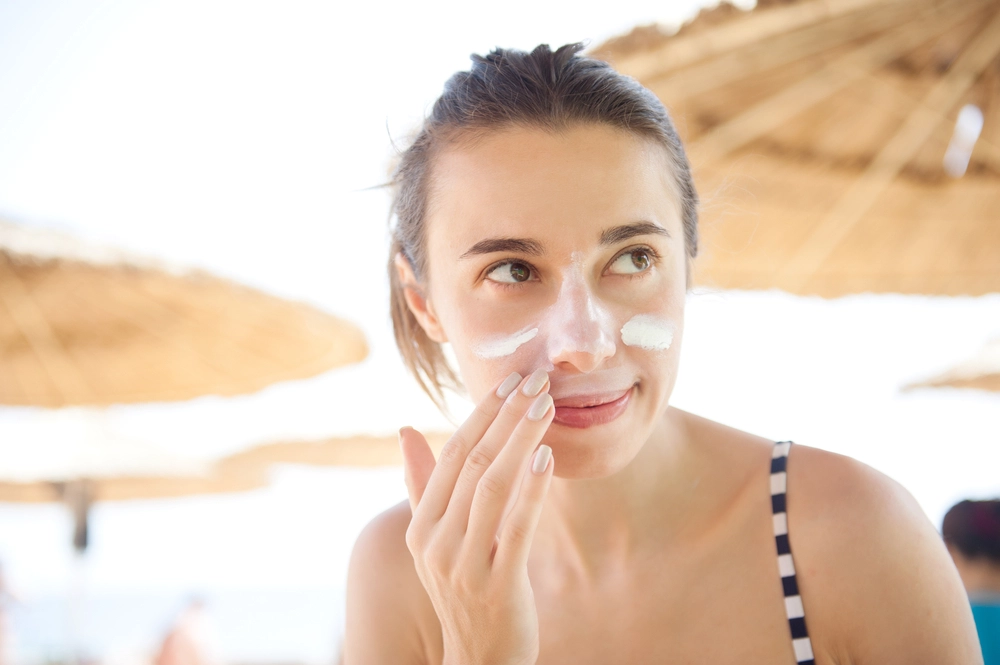One of the most widespread misconceptions about sun protection is that it is unnecessary to wear it inside. Unfortunately, that isn’t even remotely accurate.
Indoor Sunscreen
Specialists like Sundoctors claim that numerous research shows that the sun is the main factor contributing to wrinkles. Wearing sunscreen indoor Sunscreen benefits for skin year-round and will prevent skin damage from UV radiation, lowering your risk of skin cancer and premature aging regardless of your skin tone or color.
That’s because glass does not equally filter all ultraviolet (UV) rays, despite the fact that it effectively stops the majority of them. It’s also critical to grasp the distinction between UVA and UVB radiation in order to comprehend this properly.
What are UVA rays
Wrinkles, sunspots, and other symptoms of sun damage are typically brought on by UVA radiation, which is also generally associated with the aging of skin cells. On the other hand, UVB rays are more potent and can harm skin cells’ DNA directly. Sunburns and the majority of skin malignancies are both primarily brought on by UVB rays.
The study found that while the glass frequently used in homes, offices, and automobiles is intended to prevent the majority of UVB radiation, it does not completely protect against UVA rays. You still face the risk of being exposed to UVA radiation and potential skin damage even if you’re indoors and close to a window.
Every day, sunscreen should be applied to exposed skin | Indoor Sunscreen
Apply sunscreen to exposed skin every day, not just when you’re going to be in the sun. Apply sunscreen to the exposed skin, including the hands and face, on days when you will be indoors, as in a quarantine situation. Applying sunscreen under makeup is one option, or you can use one of the many sunscreen-containing cosmetics available for regular use. It’s never too late to take steps to reduce your risk of developing skin cancer from the sun.
Don’t save the application of sunscreen for only bright days. Up to 80% of the sun’s UV rays can penetrate clouds, even on an overcast day. Additionally, snow reflects 80% of the sun’s rays while sand reflects only 25% of them.
Your skin can be harmed by blue light from digital devices, such as those on your computer, phone, tablet, and TV, in two different ways. Melasma and age spots may develop as a result of increased melanin or pigmentation in the skin caused by blue light.
Dry skin should be covered with sunscreen |Indoor Sunscreen
Dry skin should be covered in sunscreen 15 to 30 minutes before venturing outside. Apply a thick layer and thoroughly rub it into the skin. Remember that lips can also get sunburned, so use a lip balm with sunscreen that has an SPF of 30 or higher. After swimming or heavy perspiring, or roughly every two hours, sunscreen should be reapplied. After 40 minutes in the water, even sunscreens marketed as water-resistant may start to lose their efficacy. Reapply sunscreen for ongoing protection once you’ve towel-dried since sunscreen rubs off as well as washes off.
Conclusion | Indoor Sunscreen
Most medical professionals would urge you to use sunscreen indoors to protect yourself from the sun’s harsh rays unless you’re working from home in a windowless room.



